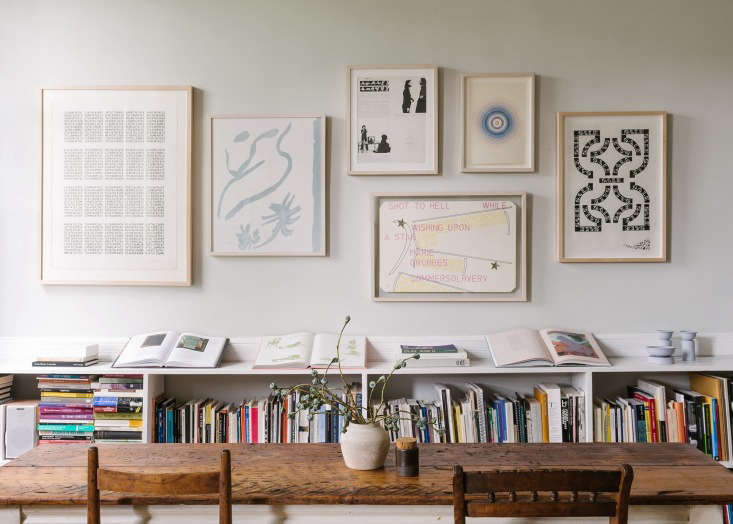
Format: This is a short exercise, as an introduction to a skill that is crucial to art historical research, and one that we will be learning to develop throughout this course. Your text should be 250-300 words in length. Email your submission to kmehta@gradcenter.cuny.edu
The Assignment: Choose an object that you have in your house or a place you have frequent access to. The medium of the object (photograph, painting, sculpture etc.) is up to you. Select an object that you are drawn to, and can spend considerable time looking at.
The object does not have to be a conventional “art” piece, but should be an object that you can spend considerable time looking at. Therefore, I would like you to choose something you have in your own home (that you can touch and handle) rather than an artwork in a museum.
A formal analysis includes a visual description of the forms appearing in the object you have chosen. These forms give the work its expression, message or meaning. To help in writing a formal analysis, think as if you were describing the object to someone who has never seen it before. When your reader finishes reading your analysis, they should have a complete mental picture of what the work looks like. Please use descriptive language and adjectives to describe your work. Begin with a general description of the work, and then move on to the more specific elements.
Yet, the formal analysis is more than just a description of the work. It should also include a thesis statement that reflects your conclusions about the work. The thesis statement may, in general, answer questions like these: How do the elements of the work interact with each other? How do the formal elements impact how you respond to the object?
It is important to remember that your interest here is strictly formal; NO RESEARCH IS REQUIRED FOR THIS PAPER. In other words, you are strictly relying on your ability to visually ‘read’ a work of art and make interpretations about it based on your analysis of it. However, If you do include a reference to an external idea or text, you should cite the source (see the section on “citing your sources” under the “Research Toolkit” menu).
Visual analysis terms/elements: Here are some terms that may help you conduct your visual analysis. Use this as a framework to guide your thinking. You don’t necessarily have to use all the terms or address all questions.
- Composition: How are the parts of the work arranged? Is there motion or is it static?
- Space: What kind of space is conveyed? What is the relation of the main figures or objects to the space around them? Could the viewer enter the space or is it flat/two-dimensional?
- Color: What type of colors are used? Complementary or contrasting? Dull or bright? Are they used to draw your gaze to a certain aspect of the work?
- Line: Do the outlines convey energy or motion? Are they smooth or jagged, bold or subtle, geometric or curvilinear?
- Proportions: Do the individual parts of the object work as a whole and look natural? Or are the proportions intentionally askew? What purpose might that serve?
- Pose: If there are figures in the work, how are they rendered– realistic or abstract? If there are multiple, how do they interact with each other or to the viewer?
- Tone/Mood: Do you sense an overall mood of the work? How does the mood impact your interpretation of the message of the work?
Here is a sample paper by a student for your reference: Sample of visual analysis


